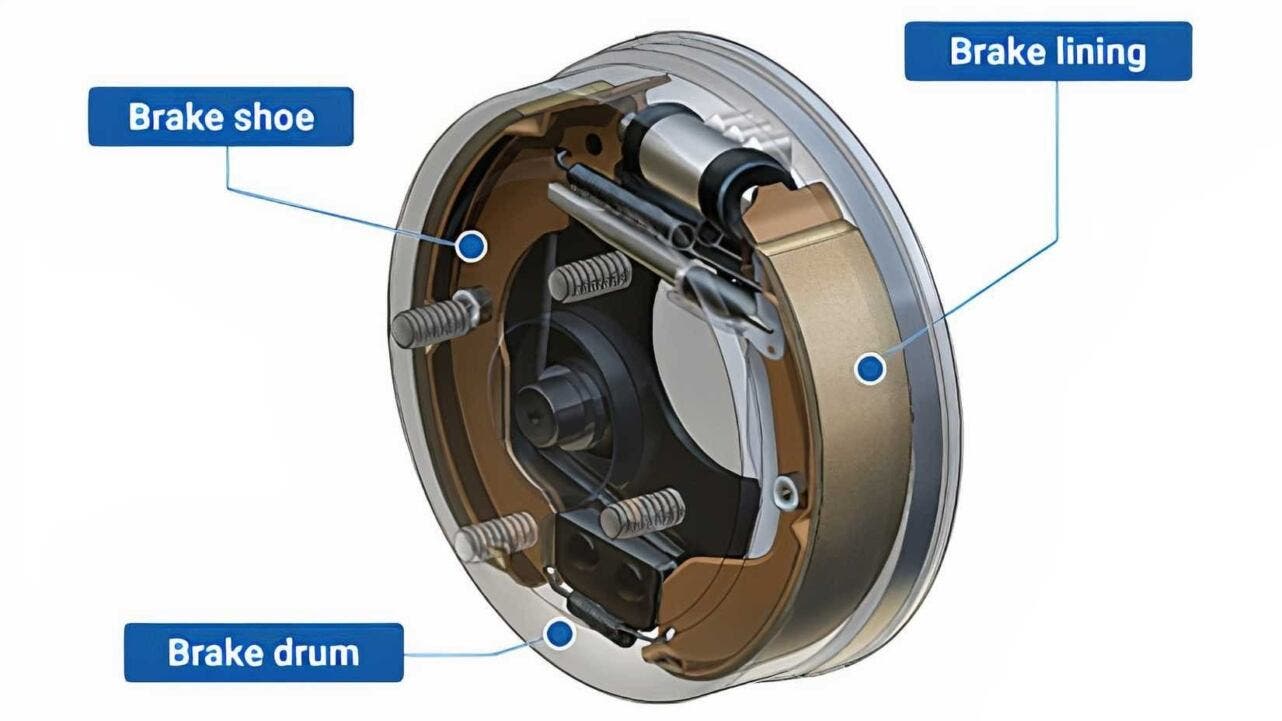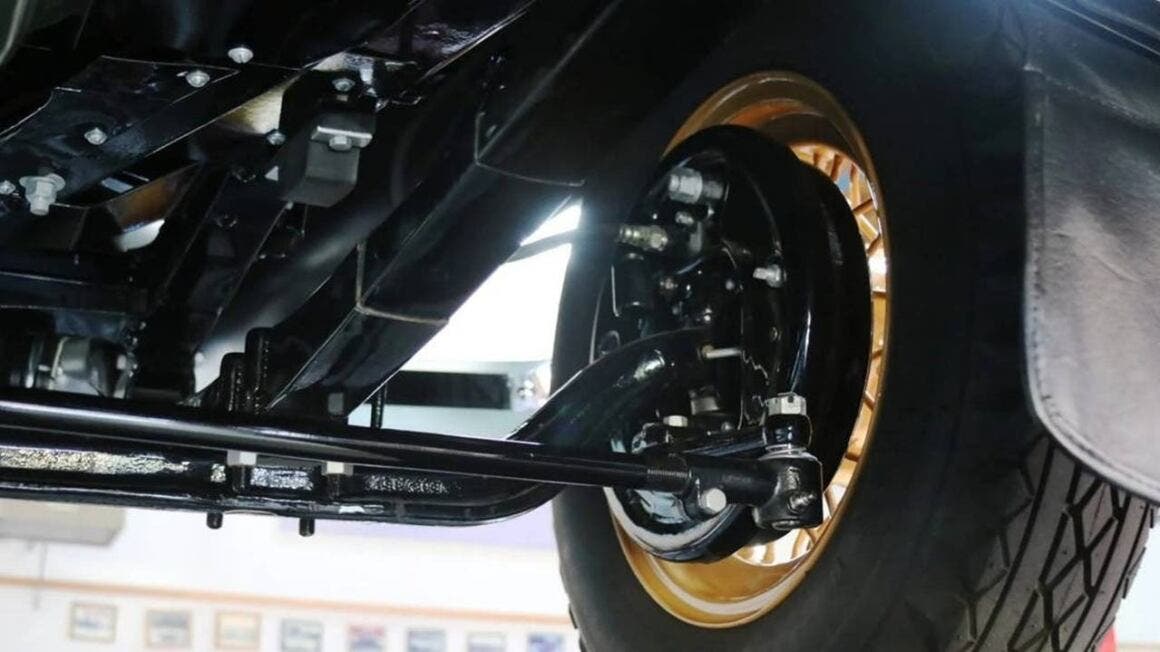Stellantis is developing a patent that revives a classic automotive technology with a modern twist: brake drums. The idea is to integrate a magnet into the braking system to capture particles generated during braking, thereby reducing non-exhaust emissions, which are increasingly under scrutiny. With electric and hybrid vehicles producing fewer tailpipe emissions, brake dust has become one of the main sources of particulate pollution.
Stellantis is working on a brake drum patent to cut non-exhaust emissions

In essence, when friction between pads or shoes and rotating components generates heat, it also creates fine dust. Studies have shown these particles can be harmful to human health and are now targeted by the new Euro 7 regulations. Stellantis’ project aims to magnetize the brake surfaces so that particles are trapped instead of dispersing into the air, with the added benefit of extending component life.
The choice of drum brakes is no accident. Unlike disc brakes, whose friction surfaces are exposed, drums enclose the mechanism, making it easier to capture particulates. This makes them potentially more effective when combined with a magnetic system.
In recent years, drum brakes have been making a comeback, especially with electric cars. Regenerative braking reduces stress on mechanical brakes, making heat dissipation less critical and favoring lighter, more compact solutions. Some EVs already use them on the rear wheels, such as the Volkswagen ID.4, Fiat 500e, and Audi Q4 e-tron, improving both efficiency and range. By adding a magnetic coating, Stellantis aims to go one step further, capturing most brake dust with each stop, offering easier cleaning during routine maintenance, and extending brake life.
